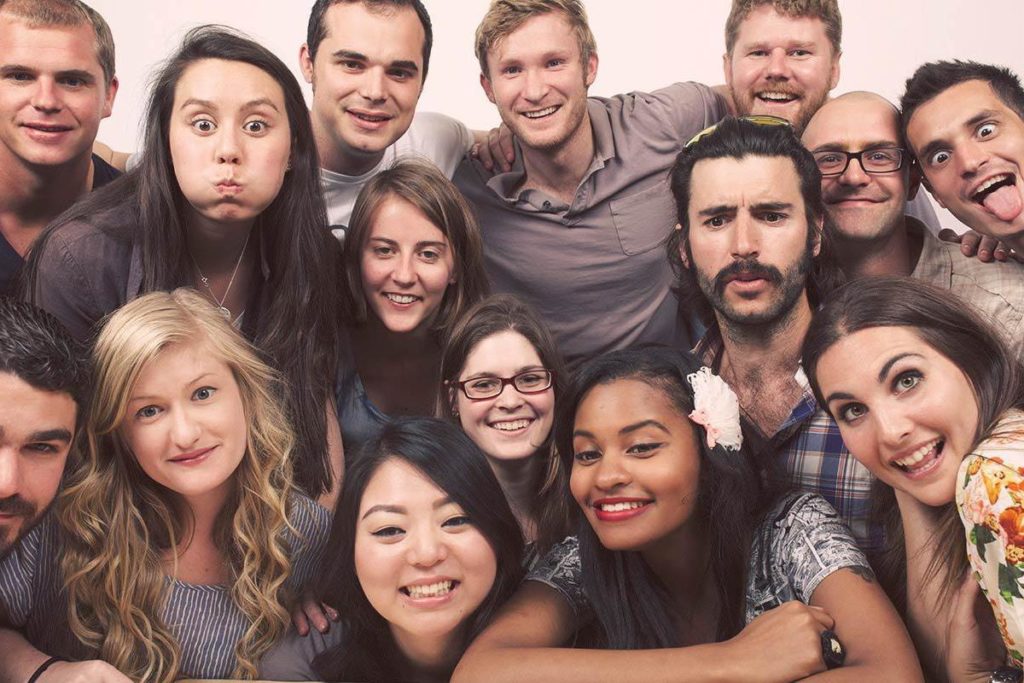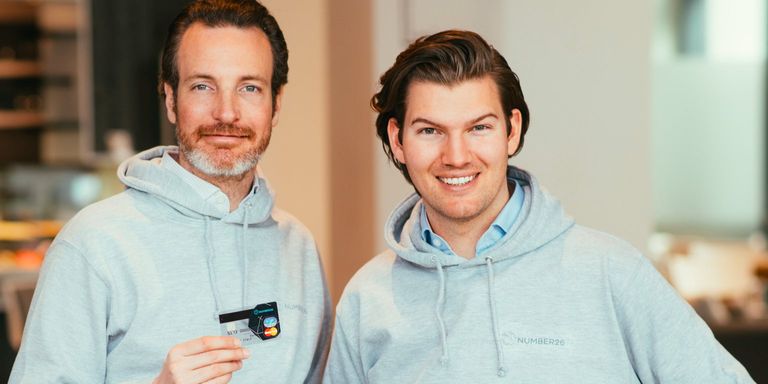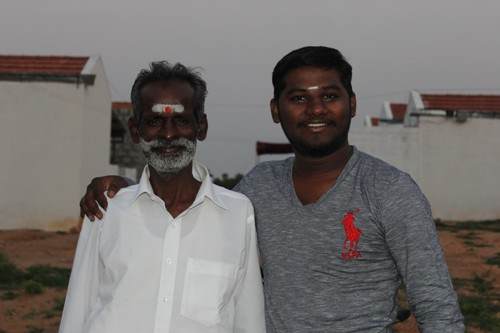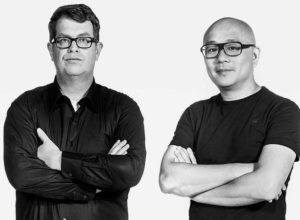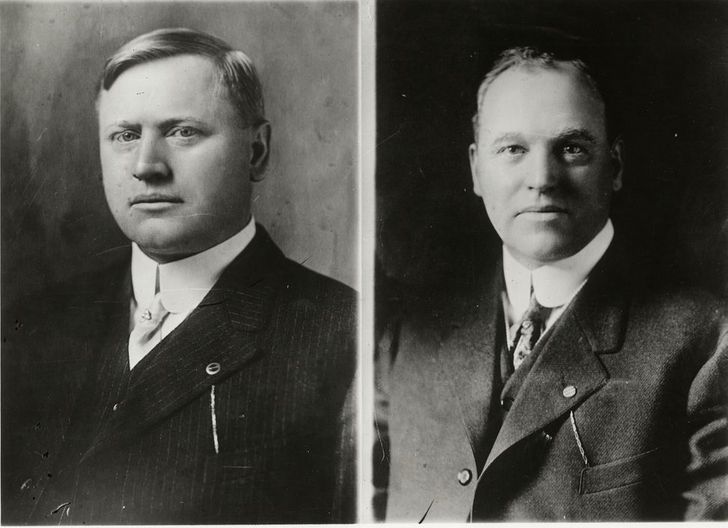Duracell, an American Company Leading in the Production of Finest Power System
In a world full of premium technologies, the invention of rechargeable batteries and efficient power systems have lifted the performance of machines. But, only a few companies have achieved the advancements in the charging technology successfully. And, Duracell is one of those trusted and leading brands famous for its durable power systems. It is mainly known for the production of long-lasting alkaline batteries, specialty batteries and rechargeables.
Duracell was founded in 1924 by Samuel Ruben and Philip Mallory. The company has its headquarters in the U.S and Switzerland. Currently, the brand is under the acquisition of Berkshire Hathaway who bought the company from Procter & Gamble in November 2014.
When It All Began
During the early 1920s, Samuel Ruben was working as a scientist, who went to Philip Rogers Mallory for a special kind of equipment he needed for carrying out his experiments. Mallory, then, was a manufacturer of tungsten filament wire, under the name of P.R. Mallory Company. The company was established in Burlington, Massachusetts, U.S, and it also produced mercury batteries, which surpassed the carbon-zinc batteries used in most applications. Ruben explained his area of interest to Mallory, and both of them saw an opportunity in it, which led to their joint venture.
From Durable Cell to ‘Duracell’
During the 1960s the company started shipping its first alkaline batteries under the brand name Mallory. These batteries were also supplied to Kodak after it introduced new cameras with an in-built flash.
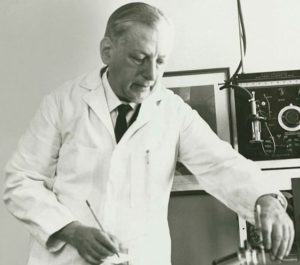
In 1965, Mallory launched Duracell brand as one of its subsidiaries, and the batteries had the Mallory brand name imprinted on it until 1980. The products of Duracell came into high demand due to the introduction of new portable devices like walkie-talkies in the market. Soon Mallory was supplying these new Duracell batteries to companies, like Kodak, Polaroid and Agfa for using them in their various devices, including cameras and tape recorders. In 1969, Duracell products were used in Apollo 11 mission (first step on the moon by humans), and it was the first battery that successfully fueled the equipment to land on a different planetary body.
Birth of the Duracell Bunny
Duracell was the first-ever battery to advertise in television, and by 1970s, almost every household used the Duracell batteries. The black and copper colour marked the brand icon of Duracell, and the launch of Duracell Bunny in 1973, won the hearts of millions, who added a playful charm to it. The colours of the icon symbolized conductivity and better strength than commonly used zinc-carbon batteries.
Acquisitions, Growth and Expansion
After Mallory’s death in 1975, P.R Mallory came under the acquisition of Dart Industries in 1978. In 1980, the company merged with Kraft, an American grocery manufacturing corporation. In 1988, Kohlberg Kravis Roberts (a global investment firm) acquired Duracell, and the next year, the company went public. Later in 1996, the company was acquired by Gillette for $7 billion. Procter & Gamble acquired Gillette, the then-parent company of Duracell for $57 billion, in 2005. This acquisition made P&G world’s biggest household goods maker pushing down Unilever to the second place.
In September 2011, Duracell came in partnership with Powermat Technologies Ltd. under the name Duracell Powermat. The company made wireless chargers for mobile phones and small electronics. P&G owned 55% of the share of this merged business and Powermat owned the other 45%.
In March 2012, Duracell along with Powermat, under P&G, formed Power Matters Alliance (PMA), a global non-profit organization developed for the leading industries with a mission to make advancements in the wireless power transferring system. Starbucks and AT&T also became board members in the same year. In 2015, PMA merged with Alliance for Wireless Power and formed AirFuel Alliance.
Ownership by Berkshire Hathaway
On 14th November 2014, Berkshire Hathaway announced that it would be acquiring Duracell in an all-stock deal which received approval from the European Commission on July 2015. The acquisition and entire transfer were completed in February 2016 with Berkshire Hathaway giving P&G back shares and P&G investing $1.8 billion in Duracell.
In September 2016, Duracell announced the shifting of its executive team to Chicago.
Success
Today, Duracell is the leading manufacturer of alkaline batteries and number one consumer’s choice when it comes to long-lasting, reliable, high quality powering devices. The company employs around 3,300 employees around the world.
The company is trying to make more progress in the areas of demand and make power systems more compatible. Duracell ensures high-quality tech and minimizes the impact on the environment at the same time. Significant investment in R&D and rigorous testing of the products makes it the most trusted company in the world of powering technology.

Annasha Dey is an NIT student, who apart from studying engineering is also a content writer. She has a great interest in photography, writing, reading novels, and travelling as well. She is a foodie who loves socializing and hanging out with her friends. She is also a trained Kathak dancer and a big fashion enthusiast. Dey also loves watching TV series, which includes F.R.I.E.N.D.S. and Big Bang Theory. To be a better writer she prefers to read more


